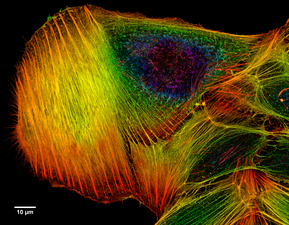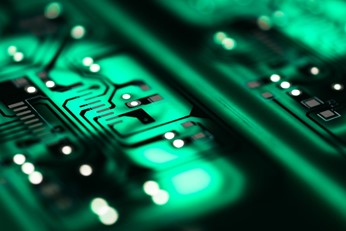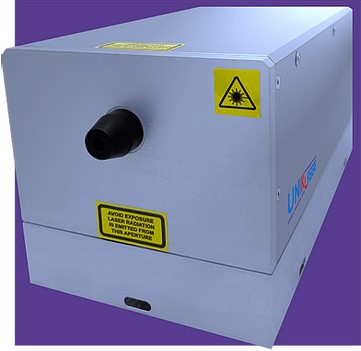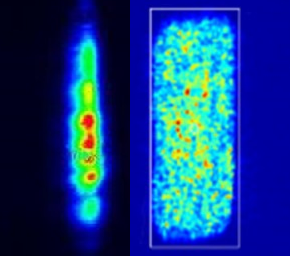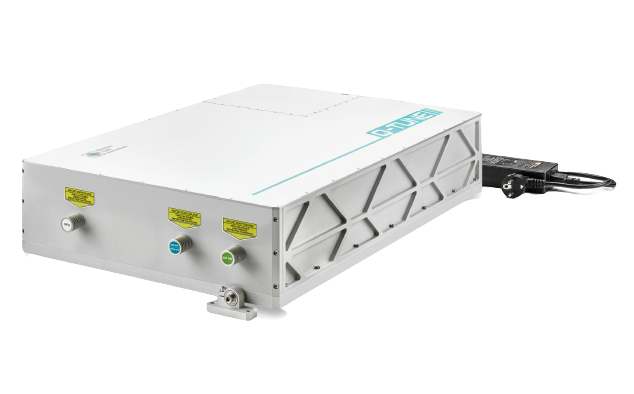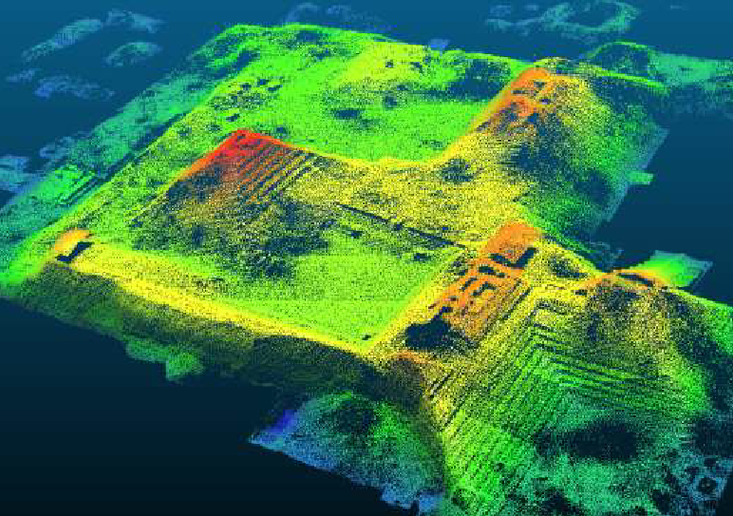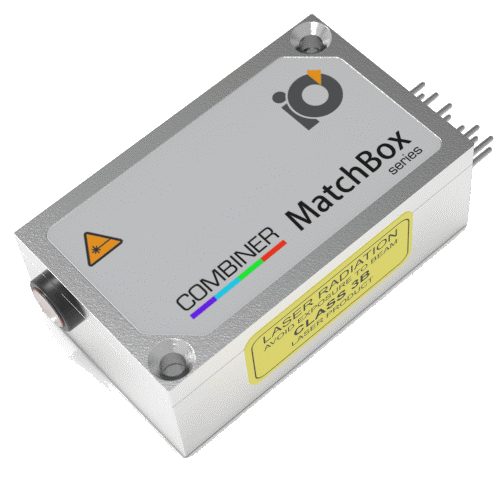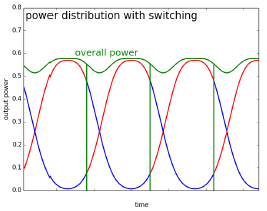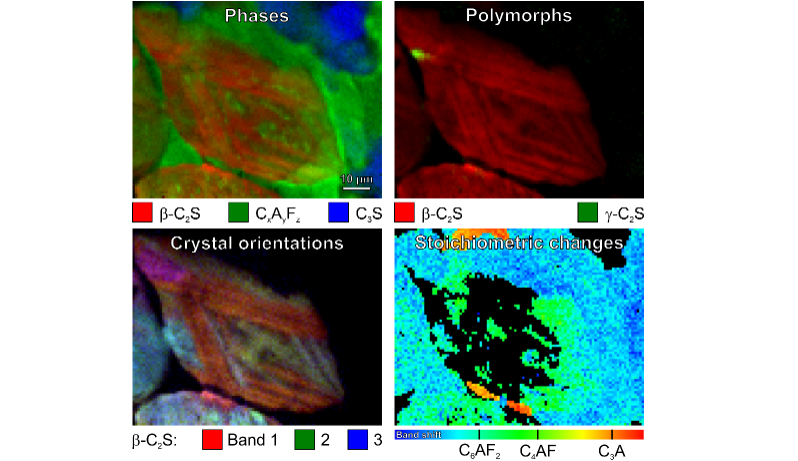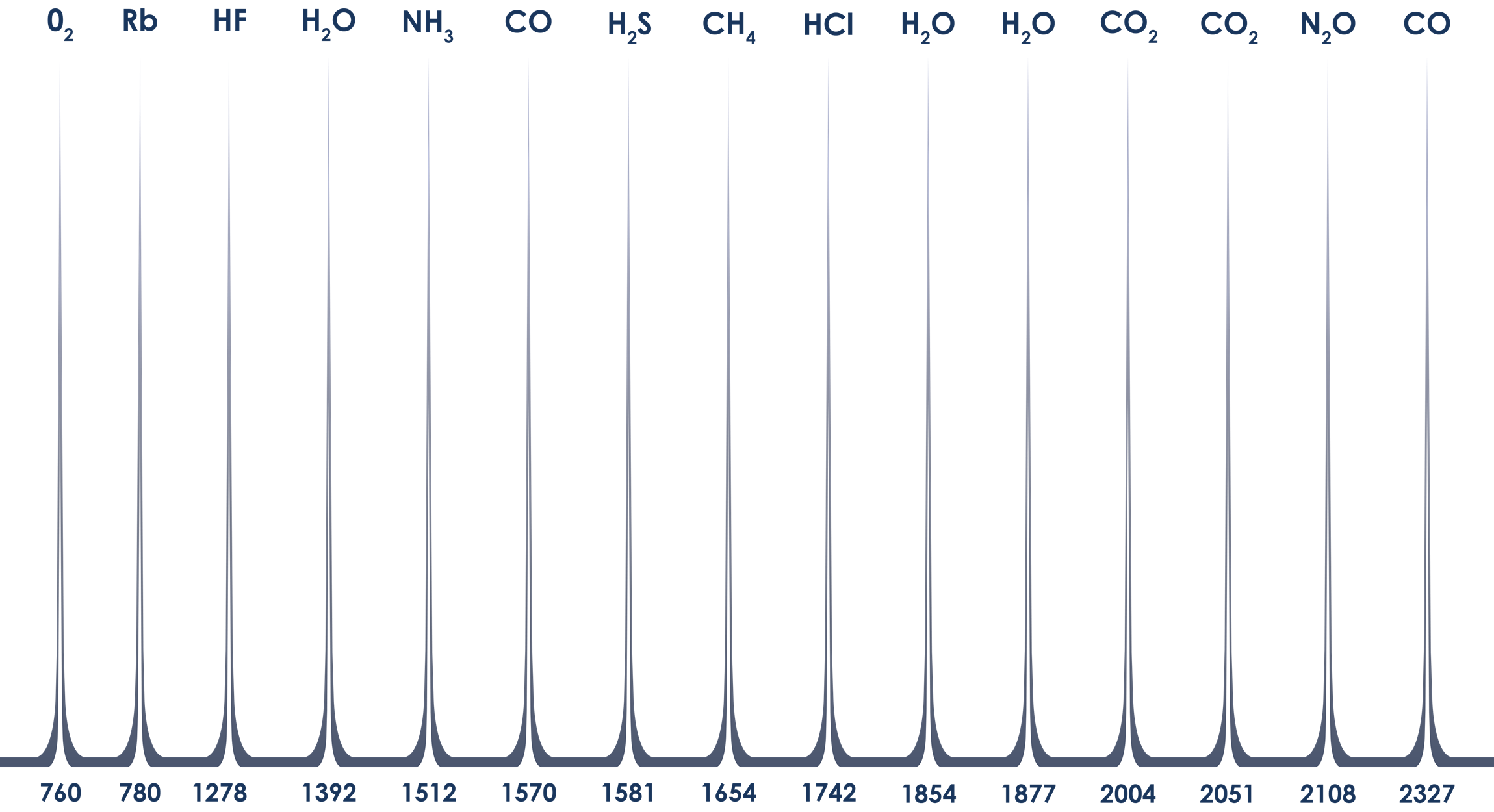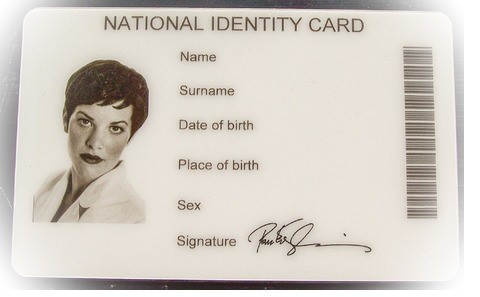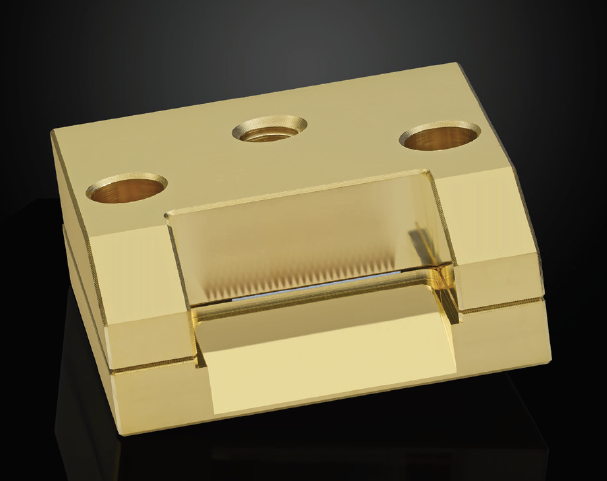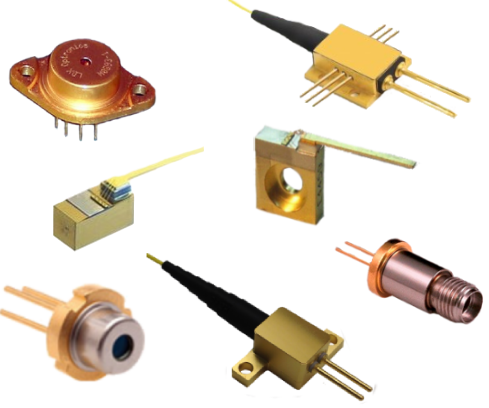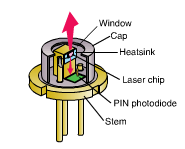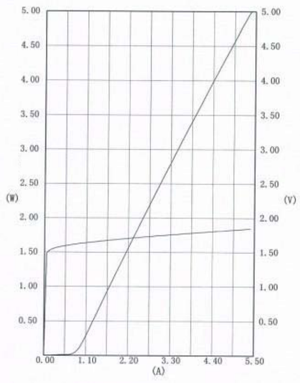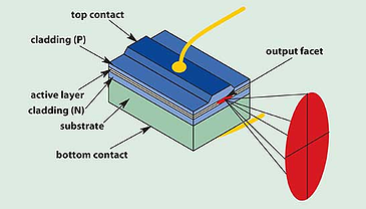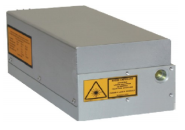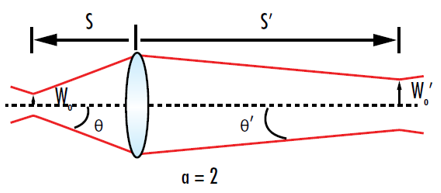Industry Leading CW Laser Combiners: Critical for the Life Sciences
CW multi-wavelength combiners have proven to be a critical component in Life Science applications, reducing time, cost, and complexity, and fundamentally changing these applications, allowing for increased efficiency and ease of use. Given the immense degree of complexity and time involved with combining multiple laser beams into a confocal microscope, multi-wavelength combiner modules have flooded into the market in recent years. These plug-n-play style modules allow for swappable laser modules and quick and easy coupling with a confocal microscope, saving hours in precision alignmen… Read More

 SHIPS TODAY
SHIPS TODAY 